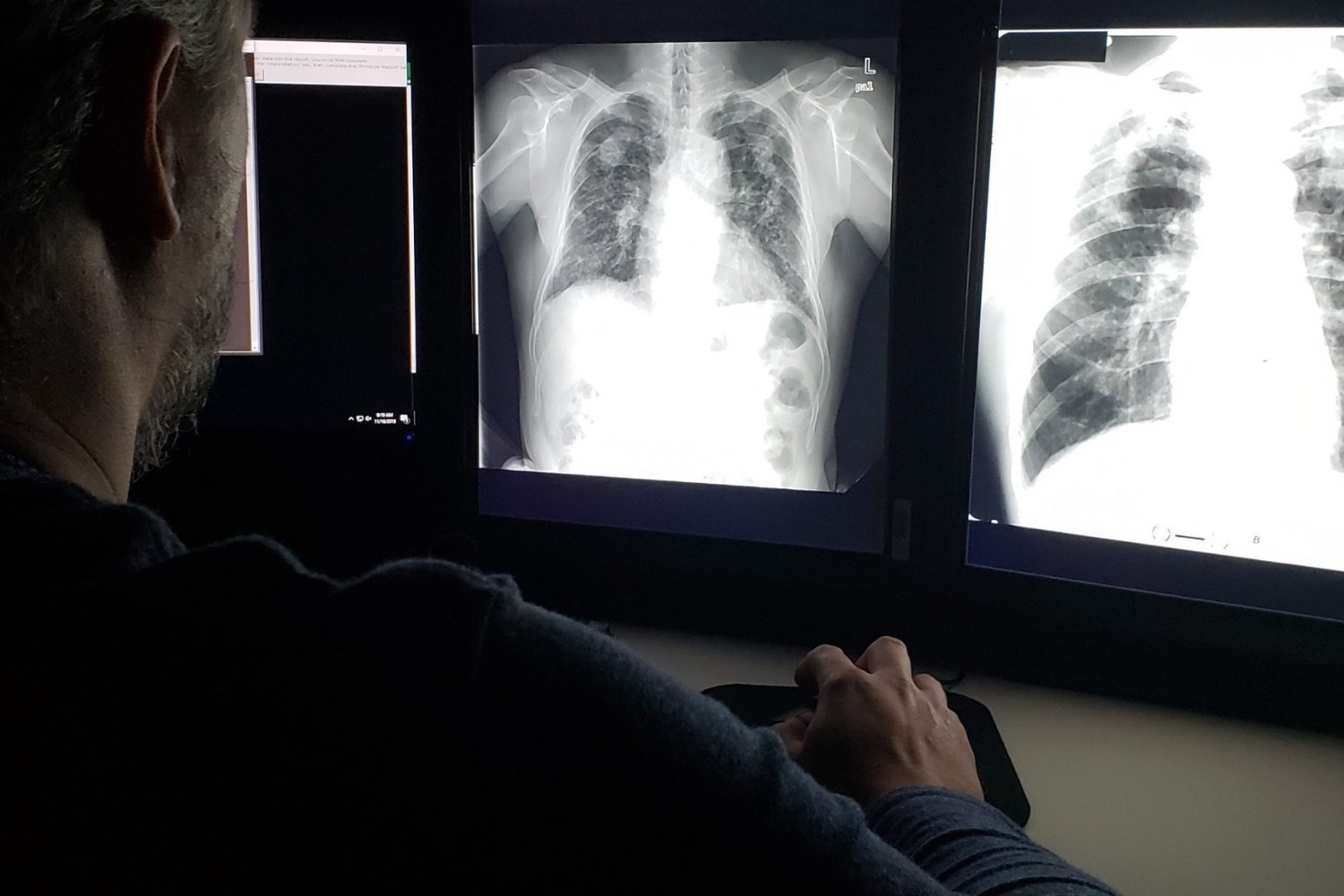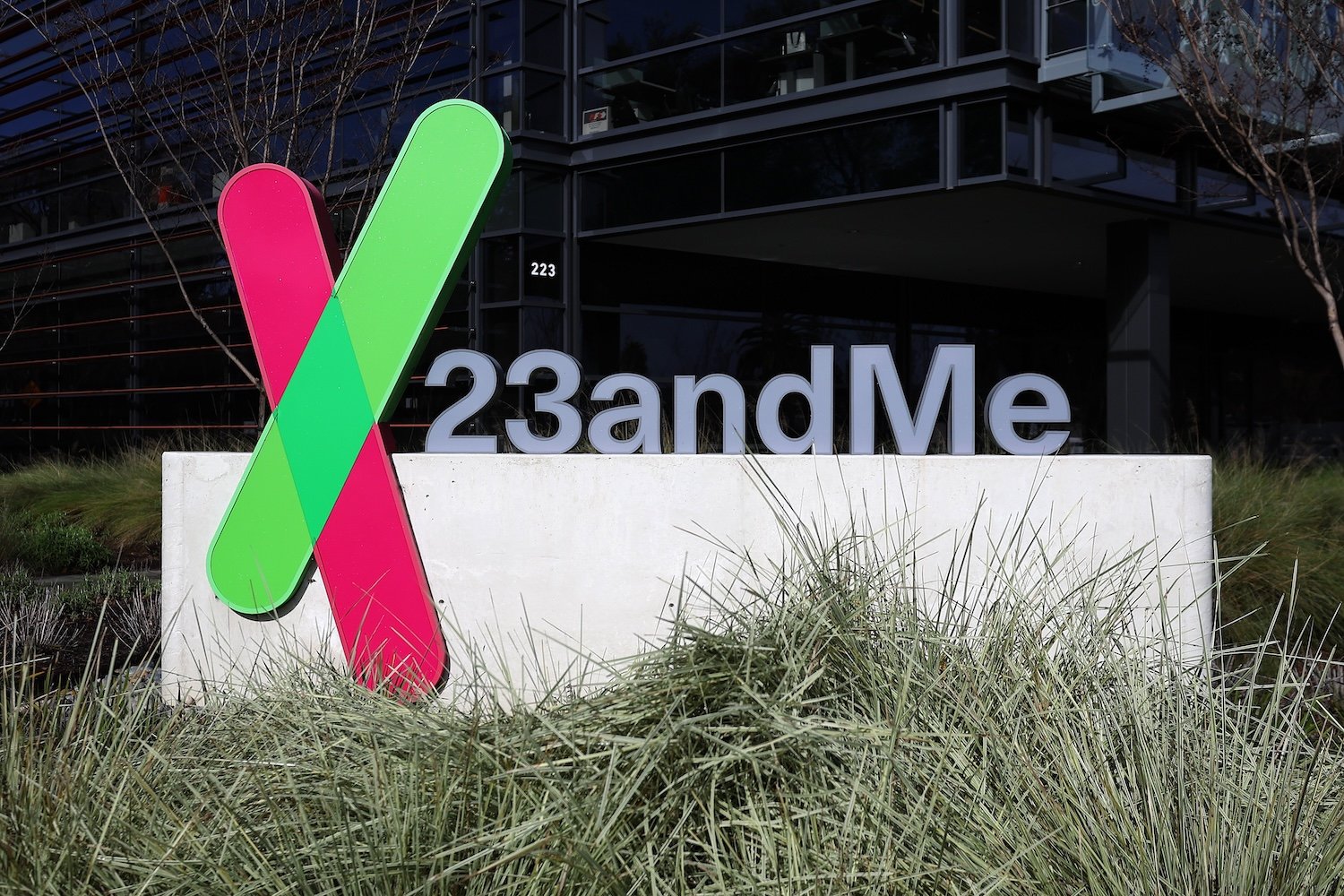5G technology has been the subject of much debate, particularly concerning its potential health effects. Conspiracy theories, especially prevalent during the pandemic, linked 5G to various health issues, including COVID-19 infections. A new study aims to put these concerns to rest by providing concrete evidence about 5G’s impact on human skin.
Researchers at Constructor University conducted a rigorous experiment to address these anxieties. They exposed two types of human skin cells – fibroblasts and keratinocytes – to 5G electromagnetic fields at frequencies of 27 GHz and 40.5 GHz. Importantly, the intensity levels used were significantly higher than the recommended safety limits, representing a “worst-case scenario.” The exposure durations were two and 48 hours.
The study, published in PNAS Nexus, found no evidence of damage to the skin cells. Specifically, they observed no significant changes in gene expression or DNA methylation patterns, a key biological mechanism that regulates gene activity. This meticulous research, conducted with blinding and temperature control, offers robust evidence to counter misinformation surrounding 5G technology.
Wireless communication technologies like Wi-Fi and cellular data rely on electromagnetic waves to transmit information. As data traffic increases, these networks can become congested, leading to slower speeds. 5G networks, introduced in 2018, utilize new radio frequencies to address this issue. They currently operate below 6 GHz but are expected to expand to frequencies between 24.3 GHz and 43.3 GHz in the near future.
While higher frequencies might sound alarming, electromagnetic waves above 3 GHz penetrate the skin only superficially, reaching a depth of approximately 0.39 inches (10 millimeters) or less. Waves at or above 10 GHz penetrate even less, reaching a maximum depth of 0.039 inches (1 millimeter).
Despite the shallow penetration depth, public concerns about 5G’s potential health effects have persisted. Previous studies raising these concerns have often been criticized for methodological flaws, including a lack of blinding, inadequate temperature control, and questionable statistical methods. Blinding is a critical aspect of research design where information that could bias the results is concealed until the study’s conclusion.
High-intensity radio frequencies, common in wireless networks, can generate heat in biological tissues. Frequencies above 6 GHz, at intensities far exceeding safety limits, can cause heat-related damage. However, the researchers in this study implemented strict temperature controls to specifically investigate potential non-thermal biological effects, that is, effects not related to heat. Their findings add to a growing body of research demonstrating that 5G signals do not pose a health risk.
This latest research reinforces the safety of 5G technology. While concerns about electromagnetic fields are understandable, rigorous scientific evidence continues to demonstrate that 5G, within established safety limits, does not pose a threat to human health. Perhaps a more relevant concern in today’s digital age is the impact of excessive screen time on our overall well-being.











